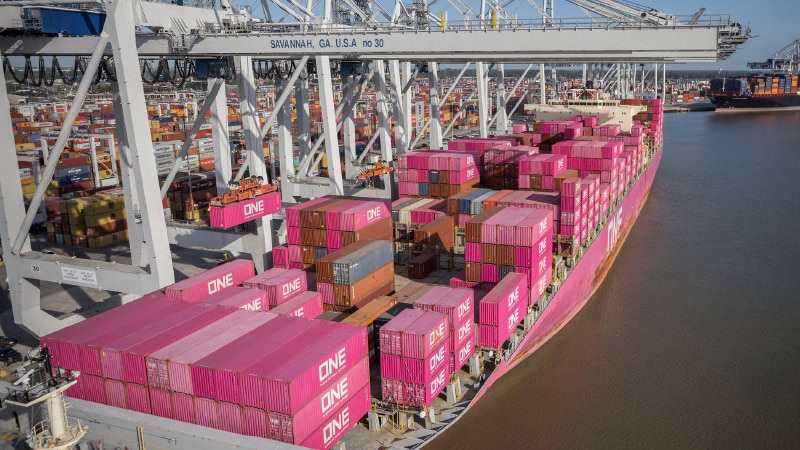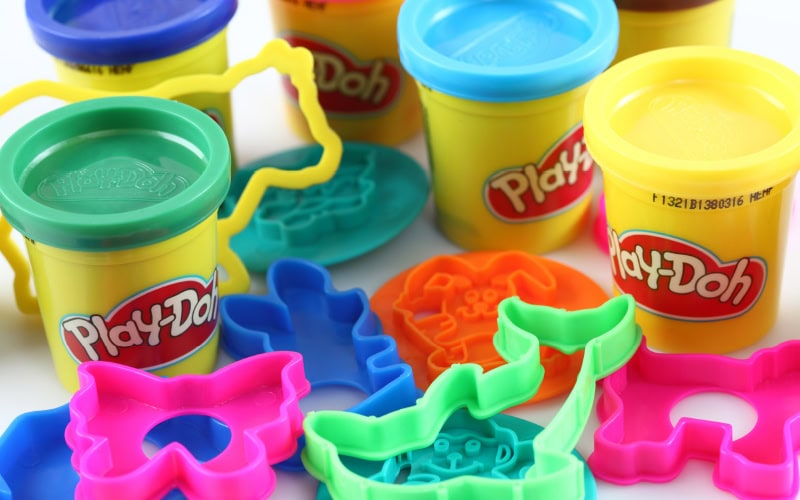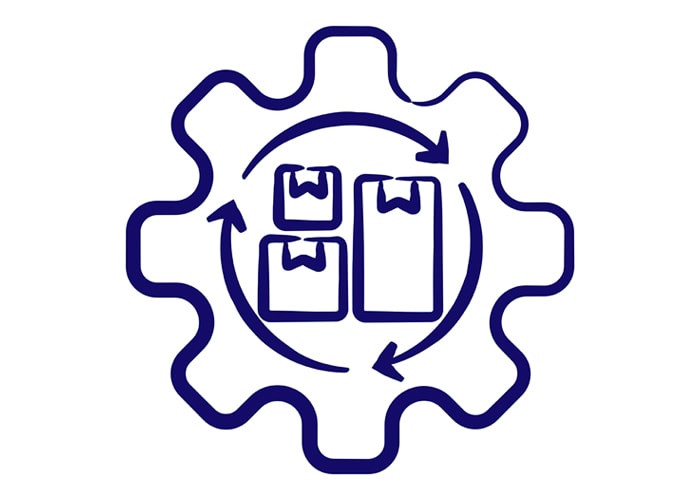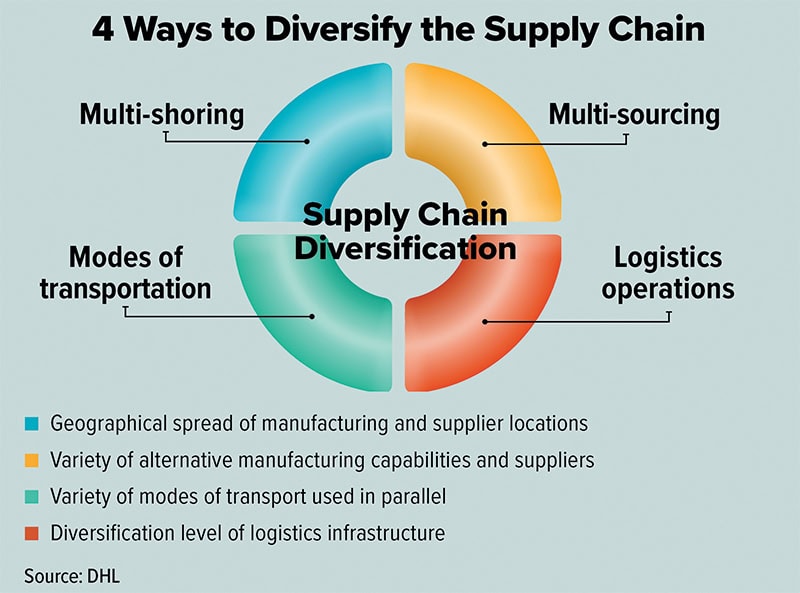Articles
July 2024

Last Mile Puts Talent, Technology First
Serious changes are happening in the supply chain as the ecommerce market continues to grow. The uptick in more online sales means an increase in the back-end logistics that go into getting a package from an online sale to the customer’s doorstep.
Read More
Leveraging Warehouse Robotics
Maximizing storage density, improving picking dexterity, and gaining prowess through artificial intelligence, these robotic innovations and recent deployments are enabling new levels of warehouse efficiency.
Read More
IN BRIEF: New Services and Solutions
Ocean Network Express’ ONE Modern, the first ship on the ocean carrier’s West India North America (WIN) service, called on the Port of Savannah in June 2024, establishing the latest connection between India and Georgia Ports. The new WIN service offers a weekly route from Bin Qasim, Hazira, Nhava Sheva, and Mundra to New York and Savannah. The service is provided by a fleet of nine vessels, all of which are operated by ONE.
Read More
A Sense of Fulfillment
Reflecting on ways to sharpen fulfillment operations and keep up with growth? Ease your mind by partnering with experienced providers.
Read More
2024 Summer Reading Guide
Cool down with some hot insights into logistics and supply chain management this summer. Whether you’re lounging on the beach or killing time while traveling, our handpicked book list will keep you informed and entertained.
Read More
Precision Shipping: The Rise of Item-Level Visibility Solutions
Whether shipping fruit, pharmaceuticals, high-value commodities, or any other goods, solutions that precisely track individual items throughout their supply chain journey are becoming increasingly accessible and valuable.
Read More
Sizing Up Project Logistics
Navigating extraordinary challenges, from coordinating national concert tours to delivering aid in war-torn regions, is all in a day’s work for project logistics providers. How do they get the job done? Strategic planning, innovative problem-solving, and meticulous execution.
Read More
Ranking the Top U.S. Ports; Warehouse Taxes on the Rise; Global Trade as Election Issue; and Other News
Find out which U.S. container ports rank top for imports; see how global trade policies will impact the presidential election; and catch up on other supply chain news.
Read More
How to Find and Recruit Supply Chain Talent
When searching high and low for supply chain talent, companies employ tactics such as using multiple channels to reach candidates, offering opportunities for training and advancement, and focusing on development and retention.
Read More
Team Up to Deter Supplier Fraud
Despite their best technology and efforts, finance leaders continue to battle the ever-evolving tactics of fraudsters. A key reason is that finance’s fraud management strategies are seldom considered in the context of supplier information. Their peers in procurement, meanwhile, manage supplier information daily but the processes they use aren’t designed to prevent fraud.
Read More
Four Steps to Mitigate Risk
Supply chain regulations are in constant flux. In March 2024, the SEC announced new rules regarding climate-related disclosures, and there have been calls to strengthen the enforcement of the Uyghur Forced Labor Prevention Act. Meanwhile, the EU is also enhancing regulations regarding corporate sustainability, deforestation, ambient air quality, waste, and forced labor.
Read More
VERTICAL FOCUS: Toys
The toy industry faces several complex supply chain challenges. Here are three of the most significant at play.
Read More
Driver Shortage? Japan Conveys a Solution
The Asian country envisions a 310-mile conveyor belt network that can carry the freight of 25,000 trucks a day.
Read More
Healthcare Supply Chain: The Prescription for Success
The magic pill for today’s healthcare supply chain is composed of equal parts strategy, flexibility, and disruption mitigation—plus a healthy dose of technology.
Read More
How to Become an Employer of Choice
While millions of federal dollars are being poured into rebuilding America’s manufacturing sector, top talent is tough to find and keep.
Read More
The Power of Regionalizing Inventory
Regionalizing inventory and spreading stock across multiple locations near consumers can help mitigate rising shipping costs, expedite delivery, and drive a better consumer experience.
Read More
Wholesale Distributors Put AI to Work
Looming above all the day-to-day business pressures that wholesale distributors face is one overarching strategic imperative: Find ways to grow profitably—without increasing staffing levels. To meet that challenge, companies must attack it from multiple angles.
Read More
What’s the Word? The Language of Logistics
What are the components of supply chain diversification? What’s the difference between GenAI and general artificial intelligence? Here are explanations of some oft-used but not often well-defined supply chain terms.
Read More
How to Build a Sustainable Supply Chain
Climate change, resource depletion, and social inequality are pressing issues, making sustainable supply chains increasingly important. By adopting sustainable practices, businesses can reduce their carbon footprint, conserve natural resources and promote social equity while cutting costs through improved efficiency and reduced waste.
Read More
6 Steps to Diversify Your Carrier Portfolio
2023 was one of the most disruptive years in supply chain history… except that it really wasn’t. Even with the UPS/Teamsters negotiations, Convoy unexpectedly going out of business, and Yellow declaring bankruptcy—to name just a few—this level of supply chain disruption is starting to feel like Life.
Read More